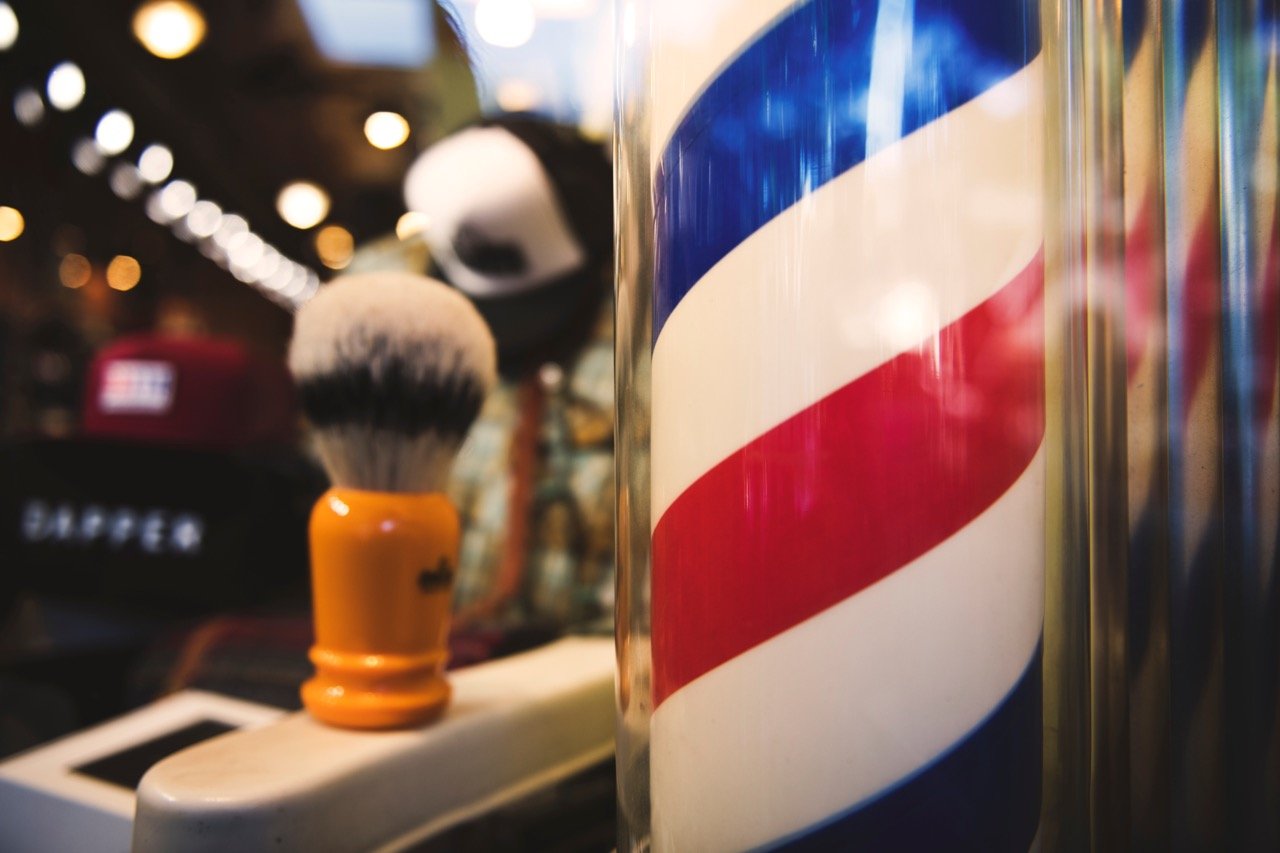The Barber Pole: A Symbol with a Fascinating History
When you walk down the street and spot the iconic red, white, and sometimes blue stripes of the barber pole spinning outside a shop, you're likely reminded of haircuts, shaves, and other grooming services. But how many of us know the rich and intriguing history behind this emblematic symbol? Let's dive into the captivating evolution of the barber pole.
From Barbers to Surgeons
In the Middle Ages, barbers did more than just trim hair and groom beards. They were known as "barber-surgeons" and performed various medical procedures, including tooth extractions, amputations, and most commonly, bloodletting.
Bloodletting, a procedure believed to release ill humors and promote balance within the body, was a popular treatment for various ailments. Barbers, with their collection of sharp tools, became the go-to professionals for this practice.
The Origin of the Spiraled Design
The emblematic red and white spiral design of the barber pole has a direct connection to bloodletting:
Red Stripes: Represent the blood itself. During the procedure, patients would grip a pole, which would make their veins more prominent. The barbers would then either cut a vein or use leeches to draw out the blood.
White Stripes: Symbolize the bandages used after bloodletting. After the procedure, these bandages, stained with blood, would be hung outside on a rod to dry. As they fluttered in the wind, they often wrapped around the pole, creating a spiral pattern.
Brass Basin: The bulbous end often seen at the top (or sometimes bottom) of the barber pole is thought to represent the brass basin used to collect the blood during the procedure.
Adding the Blue
While the red and white stripes have a clear historical link, the blue stripe's origin, often seen in American barber poles, is more debated. Some suggest it was added to resonate with the colors of the American flag. Others believe it might represent venous blood or simply be a decorative addition.
Separation of Professions
As the medical field evolved and became more specialized, the roles of barbers and surgeons began to distinctively separate. England marked this divergence in 1745 when it officially split the barber and surgical professions. Although the barbers no longer performed surgeries, the iconic pole's design continued to be associated with them and their services.
Today's Emblematic Symbol
The modern-day barber pole is a nod to a time when barbers wore many hats, from stylists to surgeons. As you pass one of these spinning symbols, it's a gentle reminder of the rich history and evolution of the barbering profession.
Today, the barber pole stands as a beacon of tradition, calling clients in for a fresh cut or shave, all while carrying with it stories from centuries past.




